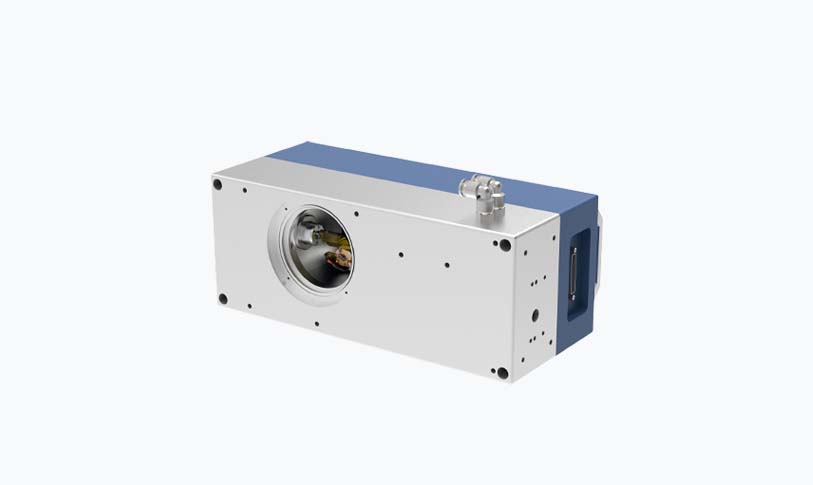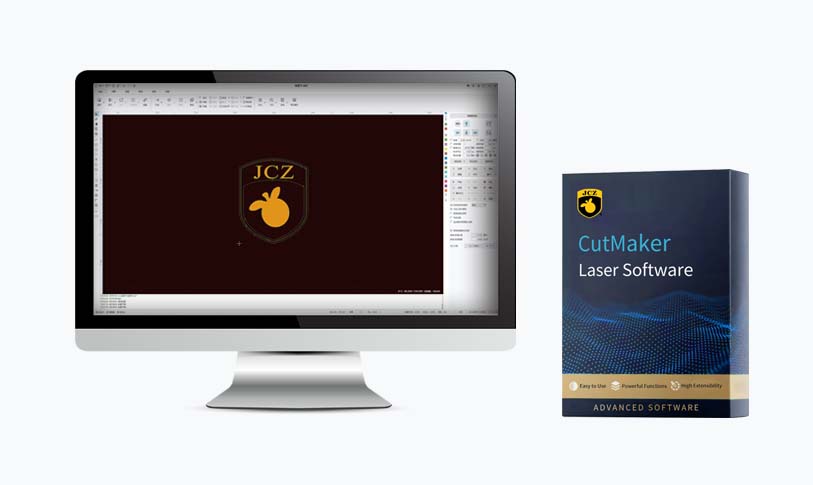
Revolutionizing Creativity: How Laser Cutting Design Software Transforms Ideas into Reality in Modern Manufacturing
****
In today’s fast-paced world of design and manufacturing, the intersection of technology and creativity has paved the way for exceptional possibilities. At the forefront of this revolution is laser cutting design software, an innovative tool that empowers artists, engineers, and hobbyists alike. Understanding the functionalities, potential applications, and benefits of this software can help users unlock their creative potential and streamline their production processes.
Laser cutting is a technology that utilizes a high-powered laser to cut, engrave, or etch materials. Traditionally, this process required substantial skill and manual labor, making it challenging for individuals without extensive technical backgrounds to work with. However, thanks to advancements in computer-aided design (CAD) software and the introduction of laser cutting design software, the barriers to entry have significantly decreased.
One of the landmark features of modern laser cutting design software is its user-friendly interface. Most programs come equipped with intuitive design tools that allow users to create or modify intricate patterns with ease. Whether working on something as simple as a nameplate or as complex as architectural models, the drag-and-drop functionality of most laser cutting software makes the design phase accessible to all levels of expertise. Users can easily import images, manipulate shapes, and apply various parameters to optimize their designs for the laser cutting process.
Compatibility is another strong suit of laser cutting design software. Many programs support a variety of file formats, enabling seamless integration with existing systems or projects. Users can import files from other popular design programs, enhancing their workflow without the need to start from scratch. Additionally, software options are available that cater to different materials, whether it’s wood, acrylic, metal, or fabric, broadening the scope of what can be achieved.
The applications of laser cutting design software are vast, ranging from industrial manufacturing to art and crafts. In the industrial sector, companies use this technology to streamline production lines and reduce waste through precise cutting techniques. For example, manufacturers can create custom parts quickly and accurately while minimizing the materials used, thus leading to cost-effective and sustainable practices.

Revolutionizing Creativity: How Laser Cutting Design Software Transforms Ideas into Reality in Modern Manufacturing
In the realm of art and crafts, laser cutting design software is a game-changer for creative minds. Artists can produce intricate designs that were previously time-consuming or impossible to achieve by hand. This has led to a surge in personalized goods, from home decor to jewelry, as creators realize that they can set themselves apart in a crowded market by leveraging technology. Craft enthusiasts can take advantage of the software to create unique, custom projects ranging from wedding decorations to personalized gifts, all with professional-grade quality.

Revolutionizing Creativity: How Laser Cutting Design Software Transforms Ideas into Reality in Modern Manufacturing
Moreover, the educational sector has embraced laser cutting design software as a valuable teaching tool. Schools and universities across the globe have integrated these technologies into their curricula to foster innovation, creativity, and technical skills. Students can learn about design principles, material properties, and manufacturing processes while engaging in hands-on projects that ignite their imagination.
Another significant benefit of laser cutting design software is its ability to simulate the cutting process before actual production begins. This feature allows users to preview their designs in action, ensuring that all specifications meet their expectations. It minimizes the risks associated with trial-and-error approaches, saving both time and materials in the long run. Additionally, users can adjust parameters such as speed, power, and focus, further refining their designs to achieve the desired outcomes.
In conclusion, laser cutting design software represents a vital component of contemporary design and manufacturing. From enhancing artistic expression to streamlining industrial processes, its impact can be witnessed across multiple sectors. As technology continues to advance, we can expect further innovations that will expand its functionalities and applications. Those willing to embrace laser cutting design software will find limitless opportunities to transform ideas into reality, allowing them to stand at the forefront of creativity and efficiency in our ever-evolving world.best 3d software for 3d printing


